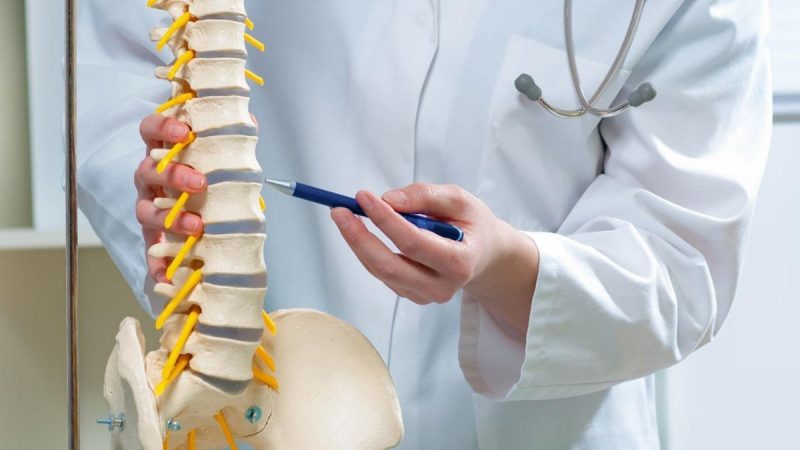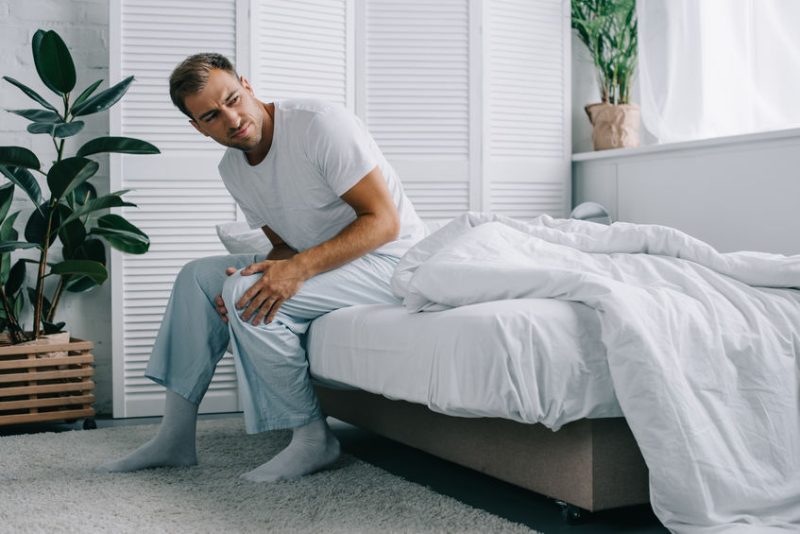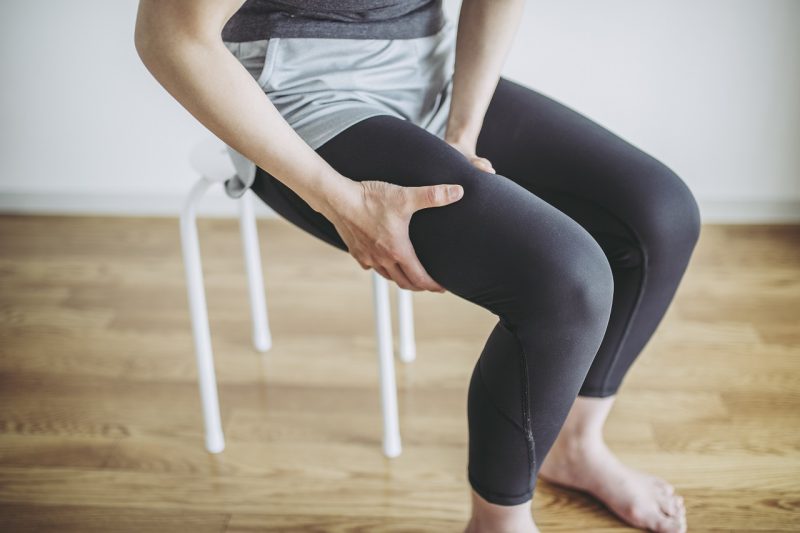Experiencing leg pain or lower back pain once in a while is typical, but if your pain deteriorates with walking and improves with rest, you may have lumbar spinal stenosis. If left untreated, this disorder may cause disabling pain that may keep you off work or school for a considerable period. If you are struggling with persistent leg pain, Dr. Kakoulides may use lumbar spinal stenosis Huntington treatments to give you relief from pain.
Why do you have spinal stenosis?

Spinal stenosis refers to the constriction of the spinal canal, exerting pressure on the nerve roots. Spinal stenosis can occur anywhere in your spin, but it often affects the lower back and lumbar area. This narrowing is usually due to spinal injuries, degenerative conditions, or fractures that diminish your spinal canal space. Your family health history may increase your risk of developing lumbar spinal stenosis in some cases.
Some of the degenerative health conditions that result in lumbar spinal stenosis include degenerative spondylolisthesis, herniated disc, bulging disc, thickened ligaments, and bone spurs. These disorders cause abnormal protrusions into your spinal canal or affect your vertebral alignment causing inflammation and nerve compression.
What symptoms signify lumbar spinal stenosis?

The signature symptom of lumbar spinal stenosis is debilitating pain in your legs that worsens when walking and diminishes with rest. The compression of spinal root nerves may contribute to a sharp, shooting pain in your leg, limiting your mobility. Most of these symptoms manifest in the advanced stage of lumbar spinal stenosis, but with meticulous evaluation, your doctor can detect it during its early stages. The pain and discomfort can become quite disabling as the medical condition progresses. The duration and severity of the symptoms vary from one individual to another. You may also experience pain that radiates down your legs, fatigue or leg weakness, lower back pain, and numbness in your legs and buttocks.
If you have spinal stenosis, you may obtain relief within five minutes of leaning forward or resting.
What are the available treatment options for lumbar spinal stenosis?
During your appointment, Dr. Kakoulides may review your medical history and discuss the severity of your symptoms to understand your health better. He may also order a CT scan or an MRI to provide precise diagnostic imaging that facilitates accurate diagnosis and the planning of your treatment plan. Depending on your nerve damage, your provider may recommend non-surgical approaches such as physical therapies, alternative therapies, and anti-inflammatory medications.

If your pain does not improve, your provider may administer an epidural steroid injection. If your symptoms worsen or persist, your physician may suggest surgery to ease the pressure on your nerves. Your surgical options include:
-
Lumbar laminectomy
Most doctors recommend this surgery for most cases of lumbar spinal stenosis. During the procedure, your surgeon gets rid of part of your ligaments and bone to increase your spinal canal space. After your surgery, your doctor may perform a spinal fusion, restoring your spinal stability.
-
X-STOP Interspinous Spacer
The X-STOP is a tiny device that your doctor places in the middle of two adjacent vertebrae spinal processes. The device enlarges your spinal canal, decompressing the nerves and alleviating your symptoms.
Call Dr. Kakoulides or schedule an appointment online to begin your treatment for long-term relief from the leg or lower back pain.

